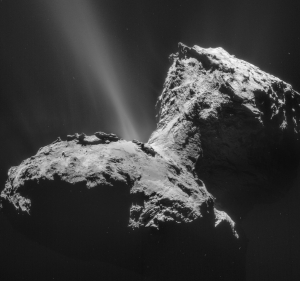Europe’s last ATV cargo freighter for ISS left the station and burned up over the Pacific Ocean this past weekend.
Because of a technical problem on the ATV, a camera designed to record what happened inside the freighter as it burned up during re-entry was removed prior to undocking so that it could be used instead during a later re-entry.
Meanwhile, instead of supplying ISS with cargo, Europe has decided to meet its contribution to ISS by building the service module for NASA’s Orion/SLS program, which has no plans to ever go to ISS. Note, however, that Europe has also not committed to building more than two service modules, so how Orion/SLS will go beyond Earth orbit after these two modules have been launched remains a mystery.
If you are scratching your head at all this, you are not alone. To me, this one decision alone illustrates quite neatly the utter stupidity of big government-run programs.



